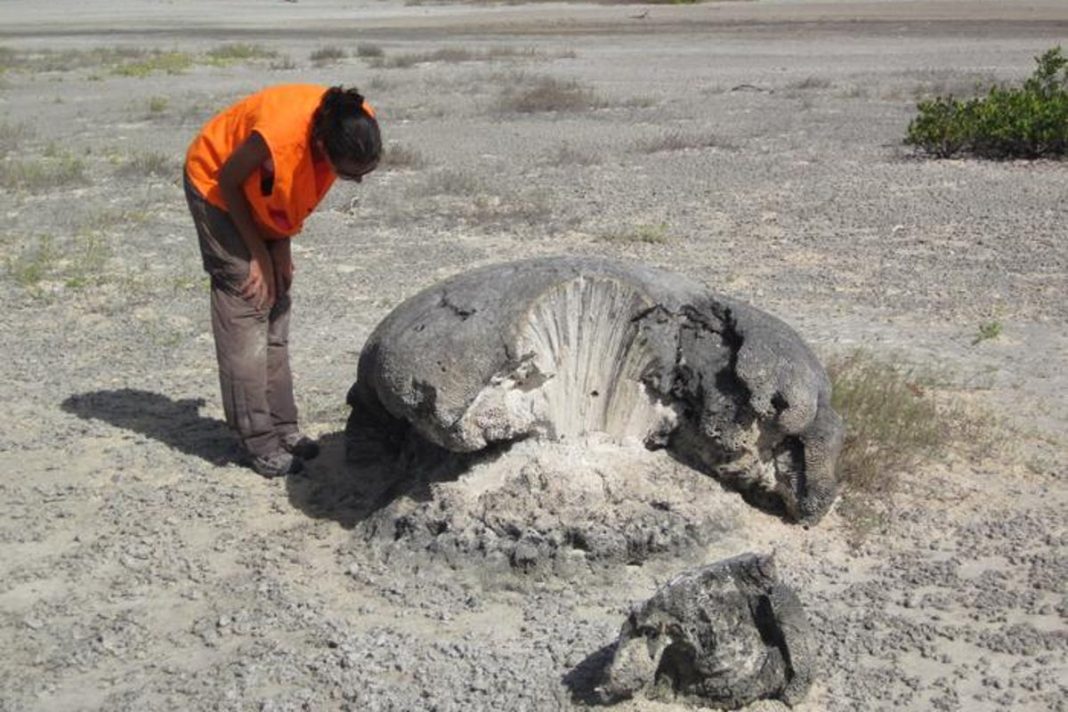Key Takeaways
- A massive 14th-century earthquake (M8.0+) triggered a Caribbean tsunami
- Coral evidence dates the event precisely to 1381-1391
- Findings highlight ongoing tsunami risk for vulnerable islands like Anegada
A catastrophic medieval tsunami struck the Caribbean, new research reveals. Scientists have uncovered evidence of a massive earthquake that rocked the region in the late 14th century, sending destructive waves across islands.
The study, published in Geophysical Research Letters, pinpoints the event between 1381 and 1391. An earthquake exceeding magnitude 8.0 shook the northeastern Caribbean, triggering a tsunami that barreled toward the British Virgin Islands.
“A tsunami flooded islands in the northern Lesser Antilles during the last centuries before Columbus,” scientists from the University of Washington confirmed.
Coral Evidence Reveals Ancient Disaster
Researchers discovered coral skeletons from the period scattered hundreds of meters inland on Anegada island. The tsunami flooding likely carried these marine remains far from shore.
Scientists traced the earthquake’s epicenter to the nearby Puerto Rico Trench. “It is the only known example of a tsunami caused by faulting in the Puerto Rico Trench,” the study notes.
Modern Implications for Caribbean Safety
The findings could significantly improve tsunami preparedness across the region. Understanding historical patterns helps authorities plan safer coastal development.
“If you’re designing a school or a hospital near the coast, you want to know whether there’s a chance that a very big earthquake could occur, and you want to design that building to withstand it,” said study author Brian Atwater from the University of Washington.
Why Anegada Faces Greater Risk
While most British Virgin Islands benefit from protective continental shelves that dissipate wave energy, Anegada’s geography differs dramatically. Its seafloor slopes steeply toward the trench, making the island particularly vulnerable to tsunami impacts.
The research team used advanced radioactive dating techniques on coral skeletons. By measuring uranium that decays to thorium in coral structures, they could date the tsunami event to within a precise ten-year window.
This medieval disaster remained undocumented in historical records, which only extend back five centuries in the region. Scientific interest in Caribbean tsunami risks intensified after the devastating 2004 Indian Ocean tsunami that killed over 250,000 people.
The study concludes that improved understanding of past tsunamis can enhance hazard communication and preparedness throughout the Caribbean region.




